Archives
- By thread 5362
-
By date
- June 2021 10
- July 2021 6
- August 2021 20
- September 2021 21
- October 2021 48
- November 2021 40
- December 2021 23
- January 2022 46
- February 2022 80
- March 2022 109
- April 2022 100
- May 2022 97
- June 2022 105
- July 2022 82
- August 2022 95
- September 2022 103
- October 2022 117
- November 2022 115
- December 2022 102
- January 2023 88
- February 2023 90
- March 2023 116
- April 2023 97
- May 2023 159
- June 2023 145
- July 2023 120
- August 2023 90
- September 2023 102
- October 2023 106
- November 2023 100
- December 2023 74
- January 2024 75
- February 2024 75
- March 2024 78
- April 2024 74
- May 2024 108
- June 2024 98
- July 2024 116
- August 2024 134
- September 2024 130
- October 2024 141
- November 2024 171
- December 2024 115
- January 2025 216
- February 2025 140
- March 2025 220
- April 2025 233
- May 2025 239
- June 2025 303
- July 2025 175
-
When times are tough, marketing budgets are often cut. Here’s why that’s shortsighted.
On Point
How to think like a CFO
by "McKinsey On Point" <publishing@email.mckinsey.com> - 01:43 - 6 Nov 2023 -
The week in charts
The Week in Charts
Microaggressions in the workplace, unspent federal relief funds, and more Share these insights
Did you enjoy this newsletter? Forward it to colleagues and friends so they can subscribe too. Was this issue forwarded to you? Sign up for it and sample our 40+ other free email subscriptions here.
This email contains information about McKinsey's research, insights, services, or events. By opening our emails or clicking on links, you agree to our use of cookies and web tracking technology. For more information on how we use and protect your information, please review our privacy policy.
You received this email because you subscribed to The Week in Charts newsletter.
Copyright © 2023 | McKinsey & Company, 3 World Trade Center, 175 Greenwich Street, New York, NY 10007
by "McKinsey Week in Charts" <publishing@email.mckinsey.com> - 03:14 - 4 Nov 2023 -
EP84: Top 12 Tips for API Security
EP84: Top 12 Tips for API Security
This week’s system design refresher: *BIG* Announcement: We’ve launched an Instagram account Top 12 Tips for API Security Our Recommended Materials For Cracking Your Next Tech Interview (Youtube video) How To Release A Mobile App Git Vs Github *BIG* Announcement: We’ve launched an Instagram account Forwarded this email? Subscribe here for moreLatest articles
If you’re not a paid subscriber, here’s what you missed this month.
The 6 Most Impactful Ways Redis is Used in Production Systems
The Tech Promotion Algorithm: A Structured Guide to Moving Up
To receive all the full articles and support ByteByteGo, consider subscribing:
This week’s system design refresher:
*BIG* Announcement: We’ve launched an Instagram account
Top 12 Tips for API Security
Our Recommended Materials For Cracking Your Next Tech Interview (Youtube video)
How To Release A Mobile App
Git Vs Github
*BIG* Announcement: We’ve launched an Instagram account
We will post more instagram reels, shorts and diagrams
If you're interested in seeing more, make sure to subscribe to our Instagram account here: https://www.instagram.com/bytebytego/
Top 12 Tips for API Security
Use HTTPS
Use OAuth2
Use WebAuthn
Use Leveled API Keys
Authorization
Rate Limiting
API Versioning
Whitelisting
Check OWASP API Security Risks
Use API Gateway
Error Handling
Input Validation
😘 Kiss bugs goodbye with fully automated end-to-end test coverage (Sponsored)
QA Wolf offers a cost-effective approach to getting 80% test coverage in just 4 months. And they guarantee zero flakes.
They build and maintain your test suite in Playwright + include unlimited parallel test runs on their infrastructure. The benefit? No more manual e2e testing, no more slow QA cycles, and no more bugs.
QA Wolf has multiple case studies of customers saving $200k+/year in QA engineering and infrastructure costs. Schedule a demo to learn more.
PS: They have a 4.8/5 star rating on G2.
Our Recommended Materials For Cracking Your Next Tech Interview
How To Release A Mobile App
The mobile app release process differs from conventional methods. This illustration simplifies the journey to help you understand.
Typical Stages in a Mobile App Release Process:
Registration & Development (iOS & Android):
- Enroll in Apple's Developer Program and Google Play Console as iOS and Android developer
- Code using platform-specific tools: Swift/Obj-C for iOS, and Java/Kotlin for AndroidBuild & Test (iOS & Android):
Compile the app's binary, run extensive tests on both platforms to ensure functionality and performance. Create a release candidate build.QA:
- Internally test the app for issue identification (dogfooding)
- Beta test with external users to collect feedback
- Conduct regression testing to maintain feature stabilityInternal Approvals:
- Obtain approval from stakeholders and key team members.
- Comply with app store guidelines and industry regulations
- Obtain security approvals to safeguard user data and privacyApp Store Optimization (ASO):
- Optimize metadata, including titles, descriptions, and keywords, for better search visibility
- Design captivating screenshots and icons to entice users
- Prepare engaging release notes to inform users about new features and updatesApp Submission To Store:
- Submit the iOS app via App Store Connect following Apple's guidelines
- Submit the Android app via Google Play Console, adhering to Google's policies
- Both platforms may request issues resolution for approvalRelease:
- Upon approval, set a release date to coordinate the launch on both iOS and Android platforms
Over to you:
What's the most challenging phase you've encountered in the mobile app release process?Git Vs Github
Dive into the fascinating world of version control.
First, meet Git, a fundamental tool for developers. It operates locally, allowing you to track changes in your code, much like taking snapshots of your project's progress. This makes collaboration with your team a breeze, even when you're working on the same project.
Now, let's talk about GitHub. It's more than just a platform; it's a powerhouse for hosting Git repositories online. With GitHub, you can streamline team collaboration and code sharing.
Learning Git and GitHub is a fundamental part of software engineering, so definitely try your best to master them.Latest articles
Here are the latest articles you may have missed:
To receive all the full articles and support ByteByteGo, consider subscribing:
Like
Comment
Restack
© 2023 ByteByteGo
548 Market Street PMB 72296, San Francisco, CA 94104
Unsubscribe
by "ByteByteGo" <bytebytego@substack.com> - 11:37 - 4 Nov 2023 -
The state of women at work: Progress and opportunities
Plus, how financial institutions can reinvent themselves While women have been making strides in the C-suite, workplaces have a long way to go before achieving true gender parity, according to the latest Women in the Workplace report, coauthored by McKinsey’s Emily Field, Alexis Krivkovich, and Lareina Yee, in partnership with LeanIn.Org. This month’s featured report looks at the common myths about women’s workplace experiences and career advancement, the specific biases and barriers faced by Asian, Black, Latina, and LGBTQ+ women and women with disabilities, and clear solutions that organizations can implement to make meaningful progress toward gender equality. Other highlights in this month’s issue include the following topics:

Global Banking Annual Review 2023: The Great Banking Transition
Banking profits are up, thanks to rising interest rates, but financial institutions globally need to reinvent themselves in the face of major structural and macroeconomic shifts.
5 priorities
Gen AI and the future of work
Generative AI is front and center for nearly every industry and is poised to change just about everything. What will it mean for your workers?
Dive deeper
Global Energy Perspective 2023
In an evolving energy landscape, our Global Energy Perspective 2023 provides insights into long-term trends that will shape the energy transition.
Imagine what’s possible
Global Trade Explorer
To navigate a more complex and challenging era requires deeper understanding of the full picture of the evolution of global trade flows and the interdependencies and networks created by them.
Enter our digital experience
Courageous growth: Six strategies for continuous growth outperformance
Fewer than one in four companies outpace their industry peers on revenue and profit growth. New McKinsey research reveals the six mindsets and strategies that set these growth outperformers apart.
6 strategies
How to gain and sustain a competitive edge through transformation
Our latest research confirms that a comprehensive approach to transformation, which enables mindset and behavior changes at scale, is crucial to success—including when it comes to outperforming peers.
7 actions
McKinsey Explainers
Find direct answers to complex questions, backed by McKinsey’s expert insights.
Learn more
McKinsey Themes
Browse our essential reading on the topics that matter.
Get up to speed
McKinsey on Books
Explore this month’s best-selling business books prepared exclusively for McKinsey Publishing by Circana.
See the lists
McKinsey Chart of the Day
See our daily chart that helps explain a changing world—as we strive for sustainable, inclusive growth.
Dive in
McKinsey Classics
Is artificial intelligence as prone to bias as the real thing it emulates? Read our 2017 classic “Controlling machine-learning algorithms and their biases” to learn more.
Rewind
Leading Off
Our Leading Off newsletter features revealing research and inspiring interviews to empower you—and those you lead.
Subscribe now— Edited by Eleni Kostopoulos, managing editor, New York
Share these insights
Did you enjoy this newsletter? Forward it to colleagues and friends so they can subscribe too. Was this issue forwarded to you? Sign up for it and sample our 40+ other free email subscriptions here.
This email contains information about McKinsey's research, insights, services, or events. By opening our emails or clicking on links, you agree to our use of cookies and web tracking technology. For more information on how we use and protect your information, please review our privacy policy.
You received this email because you are a registered member of our Monthly Highlights newsletter.
Copyright © 2023 | McKinsey & Company, 3 World Trade Center, 175 Greenwich Street, New York, NY 10007
by "McKinsey Highlights" <publishing@email.mckinsey.com> - 11:03 - 4 Nov 2023 -
Meet the zero consumer
The Shortlist
Four new insights Curated by Liz Hilton Segel, chief client officer and managing partner, global industry practices, & Homayoun Hatami, managing partner, global client capabilities
We understand the challenges of the C-suite, and we’re committed to helping CEOs, both present and future, do the best they can—for their organizations and for the environment. In this edition, we look at what it will take to get to net zero, sonic superpowers, and more. We hope you enjoy the read.
—Liz and Homayoun
Phygital. Quick commerce. RMNs. Zero clue what we’re talking about? These are all ways to reach a rapidly growing group we’re calling zero consumers. Why zero? These shoppers have zero boundaries as to where they shop; zero interest in the midrange, preferring to scrimp and splurge; zero brand loyalty; and they commit to brands working to achieve net zero.
Learn four ways organizations can zero in on this diverse and expanding segment in ‘Zero consumers’: What they want and why it matters, a new article by Resil Das, Surbhi Kalia, and Dymfke Kuijpers.Product and platform is not plug and play. More and more companies in every industry are switching the operating model for their technology teams to so-called product and platform, an organizational approach adopted from technology firms. It’s a key takeaway from organizations that are rewiring to outcompete. But getting it right isn’t easy.
Clear a path for your digital transformation with The big product and platform shift: Five actions to get the transformation right, by Rushabh Gala, Naufal Khan, Ling Lau, Gautam Lunawat, and Anindita Pal.COP is coming. This year, the conference will review the first-ever global stocktake, a report on the progress the world has made toward net zero. As we brace for some tough news, it’s worth revisiting the McKinsey Global Institute’s estimate of what’s at stake in The net-zero transition: What it would cost, what it could bring, our flagship climate report.
Sounds like a superpower. The CEO of Bose told us why she thinks the company’s devotion to sound quality sets it apart: “Sound is not an accessory or something we do on the side: it’s everything we do.” That’s the kind of focus we’ve discovered is characteristic of companies with superpowers.
Here’s some noise you won’t want to cancel: Leading through disruption requires ‘the gene for change,’ an interview with Lila Snyder.
We hope you find these ideas inspiring and helpful. See you in two weeks with four more McKinsey insights for the CEO and others in the C-suite.Share these insights
This email contains information about McKinsey’s research, insights, services, or events. By opening our emails or clicking on links, you agree to our use of cookies and web tracking technology. For more information on how we use and protect your information, please review our privacy policy.
You received this email because you subscribed to The CEO Shortlist newsletter.
Copyright © 2023 | McKinsey & Company, 3 World Trade Center, 175 Greenwich Street, New York, NY 10007
by "McKinsey CEO Shortlist" <publishing@email.mckinsey.com> - 04:50 - 3 Nov 2023 -
Are you struggling to keep up with generative AI? Here’s a quick take.
On Point
Gen AI in 15 charts Brought to you by Liz Hilton Segel, chief client officer and managing partner, global industry practices, & Homayoun Hatami, managing partner, global client capabilities
•
An evolving workplace. Many executives believe that AI’s cognitive capabilities could reach those of humans in a few years’ time. As talent shortages persist, business leaders are considering how their organizations can generate value without as many workers, a US professor shares. Envisioning a future with fewer workers may be faulty, however, as leaders who think only of immediate gains might miss the bigger picture of how entire parts of the business may need to be reimagined. Leaders could instead consider how the workforce will evolve with AI, and what new skills workers will need to acquire. [HBR]
•
So many questions. Ever since ChatGPT made its public debut, businesses have been racing to capture its value. While previous waves of automation technology mostly affected physical work activities, gen AI is likely to have the biggest effect on knowledge work, particularly activities involving decision making and collaboration, find global leader of McKinsey Digital Rodney Zemmel and coauthors. It’s no wonder so many questions are now being asked, including what kinds of jobs gen AI will most affect and how workers feel about the technology.
— Edited by Katherine Tam, editor, New York
Introducing Insights to Impact
Be among the first to subscribe to this free newsletter delivering a weekly roundup of analysis that’s influencing decision makers. Each Friday, we’ll offer insights across geographies, industries, and capabilities to help leaders identify new opportunities to spur innovation and growth, sustainably.
Click to subscribeThis email contains information about McKinsey's research, insights, services, or events. By opening our emails or clicking on links, you agree to our use of cookies and web tracking technology. For more information on how we use and protect your information, please review our privacy policy.
You received this email because you subscribed to the On Point newsletter.
Copyright © 2023 | McKinsey & Company, 3 World Trade Center, 175 Greenwich Street, New York, NY 10007
by "McKinsey On Point" <publishing@email.mckinsey.com> - 01:23 - 3 Nov 2023 -
The Indian travel market, corporate venture capital, resilient leadership, and more big reads for the weekend
Unwind with these reads Brought to you by Liz Hilton Segel, chief client officer and managing partner, global industry practices, & Homayoun Hatami, managing partner, global client capabilities
QUOTE OF THE DAY
chart of the day
Ready to unwind?
—Edited by Joyce Yoo, editor, New York
Share these insights
Did you enjoy this newsletter? Forward it to colleagues and friends so they can subscribe too. Was this issue forwarded to you? Sign up for it and sample our 40+ other free email subscriptions here.
This email contains information about McKinsey's research, insights, services, or events. By opening our emails or clicking on links, you agree to our use of cookies and web tracking technology. For more information on how we use and protect your information, please review our privacy policy.
You received this email because you subscribed to our McKinsey Global Institute alert list.
Copyright © 2023 | McKinsey & Company, 3 World Trade Center, 175 Greenwich Street, New York, NY 10007
by "McKinsey Daily Read" <publishing@email.mckinsey.com> - 12:29 - 3 Nov 2023 -
Forward Thinking on why we ignore inflation—from ancient times to the present—at our peril with Stephen King
Focus on what matters New from McKinsey Global Institute

Forward Thinking on why we ignore inflation—from ancient times to the present—at our peril with Stephen King
Focus on what matters Prefer audio? Listen to the podcast, and explore past episodes of the Forward Thinking podcast. Subscribe via Google Podcasts, Apple Podcasts, Spotify, or Amazon Music.

Why you can’t tread water when inflation is persistently high

This email contains information about McKinsey's research, insights, services, or events. By opening our emails or clicking on links, you agree to our use of cookies and web tracking technology. For more information on how we use and protect your information, please review our privacy policy.
You received this email because you subscribed to our McKinsey Global Institute alert list.
Copyright © 2023 | McKinsey & Company, 3 World Trade Center, 175 Greenwich Street, New York, NY 10007
by "McKinsey Global Institute" <publishing@email.mckinsey.com> - 12:57 - 2 Nov 2023 -
Kubernetes: When and How to Apply It
Kubernetes: When and How to Apply It
Welcome back! In the first part of our Kubernetes deep dive, we covered the fundamentals - Kubernetes' architecture, key components like pods and controllers, and core capabilities like networking and storage. Now, we'll dive into the practical side of Kubernetes. You'll learn when and how to apply Kubernetes based on your application needs and team skills. We'll explore advanced features, benefits and drawbacks, use cases where Kubernetes excels, and situations where it may be overkill. Forwarded this email? Subscribe here for moreThis is a sneak peek of today’s paid newsletter for our premium subscribers. Get access to this issue and all future issues - by subscribing today.
Latest articles
If you’re not a subscriber, here’s what you missed this month.
The 6 Most Impactful Ways Redis is Used in Production Systems
The Tech Promotion Algorithm: A Structured Guide to Moving Up
To receive all the full articles and support ByteByteGo, consider subscribing:
Welcome back! In the first part of our Kubernetes deep dive, we covered the fundamentals - Kubernetes' architecture, key components like pods and controllers, and core capabilities like networking and storage.
Now, we'll dive into the practical side of Kubernetes. You'll learn when and how to apply Kubernetes based on your application needs and team skills. We'll explore advanced features, benefits and drawbacks, use cases where Kubernetes excels, and situations where it may be overkill.
By the end, you'll have a starting roadmap to putting Kubernetes into practice safely and successfully. Let's get started!
Kubernetes' Declarative Architecture
One of Kubernetes' key strengths is its declarative architecture. With declarative APIs, you specify the desired state of your application and Kubernetes handles reconciling the actual state to match it.
The Declarative Model
For example, to deploy an application, you would create a Deployment resource (discussed in the last issue) that declares details like:
The Deployment resource declares the desired state:
Use the nginx 1.16 image
Run 3 replicas
Match pods by app=my-app label
Kubernetes then handles all the underlying details of actually deploying and scaling your app based on your declared spec.
This is different from an imperative approach that would require step-by-step commands to deploy and update.
Custom Resource Definition
A key benefit of this architecture is extensibility. Kubernetes is designed to watch for new resource types and seamlessly handle them via declarative APIs. No modifications to Kubernetes itself are needed. Developers can create Custom Resource Definitions for new resource types that work just like built-ins.
Here is a simple example of Custom Resource Definition:
This defines a new App resource under mycompany.com/v1. It could be used like:
The declarative model enables powerful automation capabilities. Controllers can monitor resource specs and automatically adjust them as needed. For example, the HorizontalPodAutoscaler tracks metrics like CPU usage and scales Deployments up or down in response. The Cluster Autoscaler modulates node counts based on pod resource demands.
While Kubernetes does support imperative commands like kubectl run, these are less extensible and do not integrate with Kubernetes' automation capabilities as seamlessly. Using declarative APIs provides significant advantages in terms of extensibility, portability and self-service automation.
Advanced Built-in Resources
Kubernetes provides many built-in resources that leverage its declarative architecture to make managing applications easier. Some examples:
Ingress resources allow declarative configuration of external access to Kubernetes services. This leverages extensibility by introducing a custom resource to abstract the implementation details of exposing services. Different Ingress controllers can be implemented for various environments like Nginx, ALB, Traefik etc. This separation of concerns enables portability.
ConfigMaps provide a native Kubernetes way to inject configuration data into pods. ConfigMaps hold key-value data that can be mounted or set as environment variables. This allows separation of configuration from code/images. Pods directly consume ConfigMaps. This integrates configuration natively via Kubernetes' extensible API.
Role-Based Access Control (RBAC) introduces custom resources like Roles, RoleBindings and ClusterRoles. These combine to form access policies which enable granular permissions. RBAC deeply integrates declarative authorization into the Kubernetes API via admission control and enforcement.
Third-party Add-ons
In addition, a vibrant ecosystem of add-ons use Kubernetes APIs to extend functionality. Here are a few popular examples:
Helm introduces charts, which package YAML templates to declaratively manage complex, configurable applications. Charts can be hosted in repositories like package managers for easy sharing and installation. Helm effectively extends Kubernetes as an application platform.
Prometheus integrates via custom resources like ServiceMonitors for dynamic target discovery and autoscaling based on custom metrics. The Prometheus Operator and controllers leverage the extensible API to simplify monitoring, alerts and autoscaling.
Istio injects proxies for traffic control, observability and security using extensibility mechanisms like custom resources, controllers and admission webhooks. This layers on advanced features without changing code.
Argo CD utilizes custom resources, controllers, CRDs, webhooks and operators to enable GitOps workflows on Kubernetes. It models CD concepts through declarative APIs and reconciles state through automation.
Kubernetes lets you fully customize your system configuration. Everything is set up through Kubernetes resources and add-ons that you define. So you can shape the platform to your specific needs, rather than being constrained by predefined options.
Kubernetes gives you common building blocks that you can combine in creative ways to meet your use cases. This open, programmable design means you can develop novel applications that even the original developers didn't think of.
Benefits and Drawbacks of Kubernetes
Kubernetes has become hugely popular due to the many benefits it offers, but like any technology, it also comes with some downsides that need careful evaluation. Below we dive into the key pros and cons of Kubernetes
The Main Benefits
Infrastructure Efficiency
One benefit of Kubernetes is how well it lets you manage resources on a large scale. By automatically scheduling containers across nodes, and features like auto-scaling and self-healing, Kubernetes makes sure resources are used optimally. It adjusts smoothly based on demand, starting up or shutting down resources as needed. This not only saves money from better resource use, but also guarantees applications have the right resources to run smoothly.
Enhanced Developer Productivity
By handling many infrastructure tasks like scaling and deployments automatically, Kubernetes frees developers from having to spend as much time on those tasks. This lets developers focus their time and energy on writing application code rather than worry about infrastructure details. This boosts developer productivity once Kubernetes is set up.
Easy Scalability
A key advantage of Kubernetes is how easily it allows applications to scale up and down based on real-time demand. This makes sure resources are used efficiently while performing well during traffic spikes. The auto-scaling is especially useful for applications with changing workloads.
Application Portability
Kubernetes provides a consistent deployment experience whether you run applications on-premises, in the public cloud, or hybrid. This makes it easy to move applications between environments and reduces dependency on any single cloud provider.
Consistent Environments
Kubernetes provides the same standardized environment for your code in development, testing and production. This reduces bugs from inconsistencies between environments. Developers and QA engineers get a reliable testing environment that closely matches production.
Resilience
Kubernetes provides capabilities that allow developers to build highly resilient applications, such as automatic scaling, rolling updates, and redundancy across regions. However, these resilience capabilities need to be purposefully implemented using Kubernetes' flexible architecture.
Large Ecosystem
The active open source community around Kubernetes has created many tools, plugins, extensions and resources that make it customizable for diverse uses. Help and support are readily available.
Vendor Neutral
With support for diverse infrastructure both on-premises and across public clouds, Kubernetes prevents locking into a single vendor. You have flexibility to choose suitable infrastructure for your needs.
The Main Drawbacks
Complexity
The biggest downside of Kubernetes is its complexity.
The extensive capabilities of Kubernetes also make it complex, especially for production-grade deployments with many moving parts working in concert. It demands significant expertise to set up and manage properly.
Ongoing management and troubleshooting also requires specialized engineering skills. Misconfigurations can easily take down applications deployed on Kubernetes.
For smaller teams without deep DevOps skills, this complexity can outweigh the benefits. The learning curve is steep, especially for those new to large-scale distributed systems.
Resource Overheads
Running Kubernetes comes with overhead resource costs. A Kubernetes control plane requires a certain baseline level of resources.
For smaller applications or organizations just starting out, these overhead costs may not justify the benefits. The resources required to run Kubernetes would be excessive.
The human resources required to properly operate Kubernetes also imposes overhead costs. At high scale, dedicated teams are needed to manage Kubernetes infrastructure full-time.
For many smaller teams, these operational costs are difficult to justify. The break-even point at which Kubernetes efficiency pays off is higher.
Security Concerns
Securing a Kubernetes environment is challenging given the platform's many configurable parts. It requires solid expertise and constant vigilance to lock down properly.
Resource Underutilization
While Kubernetes aims to optimize resource usage, improper configuration can also lead to overprovisioning and waste. Right-sizing cluster resources based on actual utilization is critical.
Upgrade Headaches
Keeping Kubernetes clusters up-to-date requires careful planning and execution to minimize application downtime and maintain compatibility during upgrades.
Limited Support for Stateful Apps
While optimized for stateless workloads, Kubernetes does provide capabilities to support stateful applications through features like StatefulSets, persistent volumes, and affinity/anti-affinity. While support for stateful apps like databases is improving, running them on Kubernetes still involves additional complexity.
Our Take
Kubernetes offers immense benefits but also comes with drawbacks. It excels for large-scale, distributed applications that require portability across environments, high availability, and operational efficiency. But it also introduces complexity and resource overheads.
As with all engineering decisions, tradeoffs must be evaluated based on application needs and team constraints. Both the technical pros and cons along with business considerations like costs and capabilities drive the appropriate decision.
Use Cases for Kubernetes
Kubernetes shines for large-scale, complex applications. But is it a good fit for every workload? Let's examine key use cases where Kubernetes excels and also where it may be overkill.
Keep reading with a 7-day free trial
Subscribe to
ByteByteGo Newsletterto keep reading this post and get 7 days of free access to the full post archives.A subscription gets you:
An extra deep dive on Thursdays Full archive Many expense it with team's learning budget Like
Comment
Restack
© 2023 ByteByteGo
548 Market Street PMB 72296, San Francisco, CA 94104
Unsubscribe
by "ByteByteGo" <bytebytego@substack.com> - 11:37 - 2 Nov 2023 -
New Relic named an APM Leader by GigaOm
New Relic
 November 2023
November 2023New Relic named an APM Leader by GigaOm New Relic is named a Leader in the GigaOm 2023 Radar for APM report! Read why our platform is recognized for its leading execution and value, providing full-stack observability through 30+ connected capabilities and 700+ integrations.
Learn more  When a data breach happens, the company is held responsible for security mismanagement, however, all developers can contribute to protecting data exposure in their applications with the proper training and tools. In this blog, you’ll learn how sensitive data can be leaked through logs, and how you can use New Relic’s log obfuscation feature to protect sensitive data.
When a data breach happens, the company is held responsible for security mismanagement, however, all developers can contribute to protecting data exposure in their applications with the proper training and tools. In this blog, you’ll learn how sensitive data can be leaked through logs, and how you can use New Relic’s log obfuscation feature to protect sensitive data.
Domino’s UK takes an academic approach to methodically build an SRE function, reduce errors, and improve engineering speed.Useful Reads If you’re running on Amazon Web Services (AWS), you need the ability to optimize performance and constantly improve your operations, making the monitoring of AWS resources essential. To understand the benefits and functionalities of sending AWS Metric Streams data to New Relic, check out the blog to learn more.
If you’re running on Amazon Web Services (AWS), you need the ability to optimize performance and constantly improve your operations, making the monitoring of AWS resources essential. To understand the benefits and functionalities of sending AWS Metric Streams data to New Relic, check out the blog to learn more.
EMEA New Relic user meetups are back! Join our next round of EMEA user meetups for an afternoon of food, drinks, swag and of course - data talk! Our local engineers will take you through the latest updates and best practices in Dev toolchain, APM, Infra and Logs - and dig into a wider range of your topic requests from the past few meetups. We’ll also share exclusive insight into the latest news and releases straight from New Relic’s annual flagship conference, FutureStack 2023. Happening in Amsterdam, Dubai, Berlin, Madrid, Stockholm & Paris.Upcoming Webinars
Join our next round of EMEA user meetups for an afternoon of food, drinks, swag and of course - data talk! Our local engineers will take you through the latest updates and best practices in Dev toolchain, APM, Infra and Logs - and dig into a wider range of your topic requests from the past few meetups. We’ll also share exclusive insight into the latest news and releases straight from New Relic’s annual flagship conference, FutureStack 2023. Happening in Amsterdam, Dubai, Berlin, Madrid, Stockholm & Paris.Upcoming Webinars
Register for this online workshop on 23rd November at 10 AM GMT/ 11 AM CET to learn about dashboard design strategies, accessing best-in-class templates, and get hands-on creating powerful charts and writing NRQL queries for visualizing trends, and correlating different data sets. In this hands-on workshop, you’ll get to elevate your dashboard skills to help visualize systems, business performance, and make data driven decisions.
Register here
End-of-Life Announcements
NrUsage and NrDailyUsage events (extended to December 1, 2023)
- NrUsage and NrDailyUsage events will no longer be logged to New Relic since they are duplicative of NrConsumption/NrCustomerConsumption events. Please use NrConsumption/NrCustomerConsumption events instead.
- Please switch alerts, dashboards, and monitors to leverage NrConsumption/NrCustomerConsumption events before December 1, 2023.
- For more details, please see here.
- To learn how to create queries and alerts for your New Relic billing-related usage, please see here.
Need help? Let's get in touch.



This email is sent from an account used for sending messages only. Please do not reply to this email to contact us—we will not get your response.
This email was sent to info@learn.odoo.com Update your email preferences.
For information about our privacy practices, see our Privacy Policy.
Need to contact New Relic? You can chat or call us at +44 20 3859 9190.
Strand Bridge House, 138-142 Strand, London WC2R 1HH
© 2023 New Relic, Inc. All rights reserved. New Relic logo are trademarks of New Relic, Inc
Global unsubscribe page.
by "New Relic" <emeamaketing@newrelic.com> - 07:07 - 2 Nov 2023 -
Who are ‘zero consumers’ and what do they want?
On Point
How consumer behavior is shifting Brought to you by Liz Hilton Segel, chief client officer and managing partner, global industry practices, & Homayoun Hatami, managing partner, global client capabilities
•
India’s growing market. By 2027, India is expected to become the world’s third-largest consumer market, rising from its current position as fifth largest, a UK-based research firm has found. Due in part to a robust youth population that will likely spend sizably on consumer electronics, real household spending may increase nearly 30%, reaching about $3 trillion over the next four years. Per capita household spending in India, at 7.8% year over year, is set to outperform other economies in Asia such as Indonesia and Thailand. [CNBC]
•
The ‘zero consumer.’ You’re likely to be a “zero consumer” even if you might not call yourself one. Zero consumers are omnichannel shoppers. They scrimp and splurge at the same time, they’re not loyal to brands, and they care about health and sustainability. Zero consumers are everywhere in Asia, but they are a global phenomenon as well—and companies that don’t pay close attention to them could soon become irrelevant, McKinsey senior partner Dymfke Kuijpers and coauthors share.
— Edited by Belinda Yu, editor, Atlanta
Introducing Insights to Impact
Be among the first to subscribe to this free newsletter delivering a weekly roundup of analysis that’s influencing decision makers. Each Friday, we’ll offer insights across geographies, industries, and capabilities to help leaders identify new opportunities to spur innovation and growth, sustainably.
Click to subscribeThis email contains information about McKinsey's research, insights, services, or events. By opening our emails or clicking on links, you agree to our use of cookies and web tracking technology. For more information on how we use and protect your information, please review our privacy policy.
You received this email because you subscribed to the On Point newsletter.
Copyright © 2023 | McKinsey & Company, 3 World Trade Center, 175 Greenwich Street, New York, NY 10007
by "McKinsey On Point" <publishing@email.mckinsey.com> - 11:07 - 1 Nov 2023 -
SmartBus - 🚌 Advanced School Bus Management Software to Safe Guard Your Children.
SmartBus - 🚌 Advanced School Bus Management Software to Safe Guard Your Children.
Get a 360-degree view of student attendance, pickups/drops, safety, driving patterns, routes, delays, etc.Our advanced school bus tracking software is designed to be user-friendly and cost-effective, making it an excellent choice for managing school bus operations.
Different Users Different apps



Provide school buses with advanced tools to reduce workload and increase productivity.

Uffizio Technologies Pvt. Ltd., 4th Floor, Metropolis, Opp. S.T Workshop, Valsad, Gujarat, 396001, India
by "Sunny Thakur" <sunny.thakur@uffizio.com> - 08:00 - 1 Nov 2023 -
The microhabits that help CEOs succeed
Re:think
Improving the inner lives of CEOs FRESH TAKES ON BIG IDEAS
I’ve spent most of my career working with CEOs; I have met with a hundred or so just in the past year. When I tell people that, everyone wants me to distill the secrets of leadership into a simple formula. Sorry, I can’t do it. But I will pass on something I’ve learned that might be helpful.
Everybody knows about what we might call the macrohabits of leaders: staking out a vision for the company, setting a tone of fairness among employees, being visible to stakeholders, fielding tough questions, pushing hard for results—these are the behaviors that everyone expects from a CEO.But there’s another layer of behaviors that goes less noticed and arguably has even more to do with success, especially if success to you means excelling in areas like commitment, sustainability, satisfaction, and well-being. These are the microhabits of leadership—the little things—and they’ve never been more important, as business and society grapple with an endless cascade of uncertainty or worse: wars on several continents, a global economy that can’t make up its mind, new technologies like gen AI that might make everything better (or worse), and so on.
How do you stay zen through all of this and still deliver on the vast expectations of a CEO? Start at the bottom of Maslow’s hierarchy of human needs: bodily health. Leaders need to find the time for simple daily routines that preserve mental and physical stamina. One go-to move is to set up a regular early-afternoon call with someone you like. Taking a walk is never a bad idea. And sometimes, it’s just a matter of staying upbeat and finding new sources of inspiration. One leader told me he wakes up every morning asking the same question: “What’s going to be nice today?” Expressing gratitude is a powerful daily habit. Above all, get some sleep. Turn off your phone and pick up an old-fashioned book for 30 minutes.“The microhabits of leadership—the little things—have never been more important, as business and society grapple with an endless cascade of uncertainty.”
Sound mind, sound body: if you’ve got that, you’ve got everything you need to build a few microhabits to elevate your workday. It’s more important than ever to know your strengths and pace yourself. Many leaders fall into a trap on their way up the career ladder. They don’t dare (or know how) to delegate. Huge mistake. You hired the people around you because they were exceptional; why don’t you trust them? Stay out of their way and let them do their thing. The true test of leadership is when your team succeeds without you. Letting others take the wheel is probably the top secret of time management for CEOs, but there are others. Hold the line on travel. Cap the length of meetings. Pick up the phone rather than ponder the right wording for an email.
OK, let’s kick it up a notch. Some leaders have also told me about the importance of symbolic acts. How many times have you heard a friend describe an encounter with a celebrity by saying, “He was really down-to-earth” or “She seemed like a real person”? In our optics-focused age, being a real person seems weird or forced or impossible, but it doesn’t have to be. Some CEOs, celebrities in their own right for their workforces, are taking turns as mystery shoppers to see their companies the way their customers do. Some are showing up at stores to greet customers, even doing a shift at the customer-service desk, to model how best to listen to people who are unsatisfied with a transaction and then turn them into customers for life. Others are spending time with junior managers, half of whom started after the 2008 financial crisis and 70 percent after the dot-com bubble. Stories from the old days can inspire and inform.
These are some of the microhabits that I’ve learned from leaders and try to practice myself. Remember that as a leader, the only way to take good care of your teams, customers, shareholders, and communities is to take good care of yourself.ABOUT THIS AUTHOR
Homayoun Hatami is the managing partner for global client capabilities and a senior partner in McKinsey’s Paris office.
MORE FROM THIS AUTHOR
UP NEXT
Ziad Haider on how boards navigate geopolitics
Geopolitics raises risk, strategy, and—oftentimes— existential questions for firms. Amid growing geopolitical fragmentation, board members face the complex test of helping navigate leadership through what it means to be a global company today.
Share these insights
This email contains information about McKinsey’s research, insights, services, or events. By opening our emails or clicking on links, you agree to our use of cookies and web tracking technology. For more information on how we use and protect your information, please review our privacy policy.
You received this email because you subscribed to our McKinsey Quarterly alert list.
Copyright © 2023 | McKinsey & Company, 3 World Trade Center, 175 Greenwich Street, New York, NY 10007
by "McKinsey Quarterly" <publishing@email.mckinsey.com> - 03:13 - 1 Nov 2023 -
Join our exclusive webinar on streamlining contractor management with Remote 💥
Join our exclusive webinar on streamlining contractor management with Remote 💥
At Remote, we understand the ever-evolving landscape of workforce management and the importance of staying ahead of the curve.
In this spirit, we are hosting a special webinar on...
Streamlining Contractor Management with Remote.
15th of November 2023 at 3:30 PM UTC.
What’s exciting about this webinar? 😉
Our in-house experts will share the latest product developments, provide a sneak peek into the roadmap, and discuss best practices and developments. We are also excited to be joined by a beloved customer who will share their success story about transitioning from home-grown systems to Remote for managing their contractor workforce and the significant difference it has made!
Can’t make the date?
Register for the webinar and we’ll send you the session recording after the event.
See you there,
Team Remote
Need Help?
We're Here for You!
Search over 1,500 articles, visit our Help Center.

Live Chat for direct help inside your Remote dashboard.

Prefer a personal touch? Schedule a call with an expert.





You received this email because you are subscribed to Conferences & Events from Remote Technology, Inc.
Update your email preferences to choose the types of emails you receive.
Unsubscribe from all future emailsRemote Technology, Inc.
Copyright © 2023 Remote Technology, Inc. All rights reserved.
18 Bartol St. #1163 San Francisco California
by "Remote" <hello@remote-comms.com> - 12:00 - 1 Nov 2023 -
Women are ‘breaking up’ with unfulfilling jobs. What can employers do?
On Point
What women say they want Brought to you by Liz Hilton Segel, chief client officer and managing partner, global industry practices, & Homayoun Hatami, managing partner, global client capabilities
•
Remote-work trade-offs. Flexible work arrangements have enabled more working moms to stay employed. At the same time, women who work remotely could pay a steep price for doing so in terms of being able to advance their careers. US researchers found that a decade of remote work from 2009 to 2019 lifted working moms’ employment rates in fields such as computer science and marketing and communications. Yet remote work may also decrease the amount of feedback given to less experienced workers and female employees. [NYT]
•
‘Voting with their feet.’ Women are ambitious but face hurdles in their efforts to advance in the workplace, McKinsey senior partners Lareina Yee and Alexis Krivkovich share on an episode of The McKinsey Podcast. “We found that 37% of women leaders had a coworker take credit for their idea, and that they were two times more likely to be mistaken for someone junior,” Yee explains. For the first time, women leaders are voting with their feet; they’re leaving their jobs for more fulfilling work in unprecedented numbers, adds Krivkovich.
— Edited by Belinda Yu, editor, Atlanta
Introducing Insights to Impact
Be among the first to subscribe to this free newsletter delivering a weekly roundup of analysis that’s influencing decision makers. Each Friday, we’ll offer insights across geographies, industries, and capabilities to help leaders identify new opportunities to spur innovation and growth, sustainably.
Click to subscribeThis email contains information about McKinsey's research, insights, services, or events. By opening our emails or clicking on links, you agree to our use of cookies and web tracking technology. For more information on how we use and protect your information, please review our privacy policy.
You received this email because you subscribed to the On Point newsletter.
Copyright © 2023 | McKinsey & Company, 3 World Trade Center, 175 Greenwich Street, New York, NY 10007
by "McKinsey On Point" <publishing@email.mckinsey.com> - 01:41 - 1 Nov 2023 -
Remote Connect 2023 now available on-demand, discover where to hire, plus new stories from around the world in this month’s global update
Remote Connect 2023 now available on-demand, discover where to hire, plus new stories from around the world in this month’s global update
Your monthly dose of news from Remote in your inbox
 october
2023
october
2023

top stories
Remote Connect 2023: now streaming!
Remote Connect 2023 has wrapped up! We had a fantastic time at the virtual event, as well as our in-person events across the globe. Now, you can access all the insights, education, and engaging discussions on-demand at your convenience, covering topics like...
🌍 Global expansion & workforce management
- Expert voices: Delve into advice from our CEO, renowned UK investors, and NYC's investment mavens on distributed companies.
- Future leadership: Uncover the essential traits of tomorrow's leaders and actionable growth strategies.
- Seamless integration: Learn how to perfectly blend office culture with your remote teams.
- Pro tips: Benefit from the expertise of leaders at companies like Fountain, Airbase, SAP, Zendesk, Two Sigma Ventures, Gusto, Seatti and more.
📍 Regional perspectives on remote work
- European insights: Join HR leader Wolfgang Brickwede as he unravels skill shortages in Germany and Europe, and offers robust solutions.
- APAC focus: Navigate the unique attributes of the APAC labor market and discover strategic scaling tips.
- Hear from the best: Engage with ANZ leaders and our President, Marcelo Lebre, on crafting exceptional remote employee experiences.
💼 Business growth & investment strategies
- Global growth: Learn directly from the Head of Global Expansion at Grow with SAP on navigating global scaling.
- Legal & investor lens: Weigh benefits and risks, and understand startup equity's pivotal role in distributed firms.
- Sustainable strategies: Discover proven methods to ensure continuous growth and connect with partners from Two Sigma Ventures and B Capital Group.

customer stories
Global unicorn commercetools scales its global recruitment with Remote 🌎
One of the fastest-growing digital commerce providers of all time, Commercetools, has achieved both unicorn and centaur status. Since its inception in 2006, it has grown into a company with over 650 workers spread across more than 26 countries. Discover how Remote helps Commercetools hire, pay, and manage its global workforce.

new feature announcement
Introducing our new Global Employment Country Selector tool. Your key to effortless global hiring!
Unveiling a game-changing hiring tool tailored for your needs! Pinpoint the best countries to source talent by factoring in your budget, role type, and crucial employment preferences. Just a few clicks away from borderless opportunities—try our free calculator now and redefine your global hiring strategy!

learning and insights
4 Forces that are fundamentally changing how we work
Unlock the future of work with HBR's latest piece! Dive into the four transformative forces, from AI to societal shifts, shaping our work landscape.
Adapt and thrive, or risk being left in the past.
Women in the workplace 2023: key findings & takeaways
Discover the definitive 'Women in the Workplace' study by LeanIn.Org and McKinsey! Dive into unparalleled insights from the largest analysis of corporate America's gender dynamics, compiled from 900+ organizations and 23 million employees.
Elevate gender diversity in your organization.

Need Help?
We're Here for You!
Search over 1,500 articles, visit our Help Center.

Live Chat for direct help inside your Remote dashboard.

Prefer a personal touch? Schedule a call with an expert.

.png?height=64&upscale=true&name=Youtube%20(5).png)

.png?height=64&upscale=true&name=twitter%20(4).png)
.png?height=64&upscale=true&name=instagram%20(1).png)
You received this email because you are subscribed to News & Offers from Remote Technology, Inc.
Update your email preferences to choose the types of emails you receive.
Unsubscribe from all future emailsRemote Technology, Inc.
Copyright © 2023 Remote Technology, Inc. All rights reserved.
18 Bartol St. #1163 San Francisco California
by "Remote" <hello@remote-comms.com> - 09:31 - 31 Oct 2023 -
Tips on cost-effective log management that don’t compromise quality
New Relic
 Efficient log management is the linchpin for organizations that can troubleshoot issues with precision while maintaining peak system performance. As the complexity of software systems increases, scaling log management, within budget, becomes an even greater challenge.
Efficient log management is the linchpin for organizations that can troubleshoot issues with precision while maintaining peak system performance. As the complexity of software systems increases, scaling log management, within budget, becomes an even greater challenge.
Our blog about scaling logging on a budget gives you tips on:
- Selecting the right logging solution tailored to your needs.
- Avoiding common pitfalls when choosing a logging solution.
- Implementing practical tips for budget-friendly log scaling.
- Centralizing log management for efficiency.
Read the Blog Need help? Let's get in touch.



This email is sent from an account used for sending messages only. Please do not reply to this email to contact us—we will not get your response.
This email was sent to info@learn.odoo.com Update your email preferences.
For information about our privacy practices, see our Privacy Policy.
Need to contact New Relic? You can chat or call us at +44 20 3859 9190.
Strand Bridge House, 138-142 Strand, London WC2R 1HH
© 2023 New Relic, Inc. All rights reserved. New Relic logo are trademarks of New Relic, Inc
Global unsubscribe page.
by "New Relic" <emeamarketing@newrelic.com> - 08:06 - 31 Oct 2023 -
Re:swift copy
Dear Sir,
We have remitted you the transfer of $77,310 for invoice no PS5316Please find the attached swift copy for the same.
Kindly confirm this payment Asap.Thank you
Dreaming of Kim Hwi-ryeong
Accountant
DUWON SHIPPING CO.,LTD.
Annex of Donghaeport Int’l Passenger Terminal, 210, Daedong-ro,
Donghae-si, Gangwon-do, Republic of Korea
HWIRYEONG KIM / Assistant Manager Hwiryeong Kim
TEL : 82-33-521-0662 / FAX : 82-33-521-0666
E-MAIL : hrkim@dwship.co.kr/ cargo@
dwship.co.kr
by " dwship.co.kr" <nshwang@dwship.co.kr> - 06:34 - 31 Oct 2023 -
New entrants are shaking up Europe’s auto industry. Can the sector stay competitive?
On Point
Seven actions stakeholders can take Brought to you by Liz Hilton Segel, chief client officer and managing partner, global industry practices, & Homayoun Hatami, managing partner, global client capabilities
•
‘Running into reality.’ Chinese carmakers commanded the showrooms of a biennial auto expo held in Munich in September, with twice the number of Chinese companies displaying their models when compared with 2021. The auto industry is transforming rapidly. In Europe, EVs make up nearly 20% of all cars sold. By 2030, EVs could account for 35% of global auto sales, according to the International Energy Agency. China’s automakers are expanding into overseas markets as local demand for Chinese-made vehicles slows. [FT]
•
A regional powerhouse. Europe’s automotive industry is a powerhouse for the region. The sector contributed roughly 10% of Europe’s exports in 2022. However, the auto industry’s status as a jewel of the European economy is being challenged as leaders face massive shifts such as the electrification of vehicles, which requires differentiation through software. This has allowed new entrants in Europe and abroad, especially in China, to win market share, according to McKinsey senior partner Ruth Heuss and coauthors.
— Edited by Belinda Yu, editor, Atlanta
Introducing Insights to Impact
Be among the first to subscribe to this free newsletter delivering a weekly roundup of analysis that’s influencing decision makers. Each Friday, we’ll offer insights across geographies, industries, and capabilities to help leaders identify new opportunities to spur innovation and growth, sustainably.
Click to subscribeThis email contains information about McKinsey's research, insights, services, or events. By opening our emails or clicking on links, you agree to our use of cookies and web tracking technology. For more information on how we use and protect your information, please review our privacy policy.
You received this email because you subscribed to the On Point newsletter.
Copyright © 2023 | McKinsey & Company, 3 World Trade Center, 175 Greenwich Street, New York, NY 10007
by "McKinsey On Point" <publishing@email.mckinsey.com> - 01:05 - 31 Oct 2023 -
คำแนะนำการเปลี่ยนแบตเตอรี่ตามรอบการใช้งานจาก ชไนเดอร์ อิเล็คทริค | ลดสูงสุด 42%
Schneider Electric
บริการเชิงรุก Digital ServicesBattery Replacement 2023หากคุณมี UPS 3 Phase รุ่น Smart-UPS, Galaxy 3500, Symmetra ที่อายุมากกว่า 3 ปี ตามคำแนะนำของผู้เชี่ยวชาญจาก ชไนเดอร์ อิเล็คทริค เราขอแนะนำให้ท่านทำการเปลี่ยนแบตเตอรี่ตามรอบการใช้งานของอายุแบตเตอรี่ลิเทียมไอออน พิเศษสุดๆ! สำหรับท่านที่ทำการเปลี่ยน APC แบตเตอรี่กับเราภายในระยะเวลาแคมเปญ ลดทันทีสูงสุดถึง 42%!!! ตั้งแต่วันนี้ - 31 ธันวาคม 2023
*ราคาในตารางที่แนบมารวมค่าแรงเปลี่ยนอุปกรณ์ ณ ไซต์งานกรุงเทพ ปริมณฑลสแกนลงทะเบียนรับสิทธิ์โปรดสแกน QR Code หรือคลิกที่ปุ่มด้านล่าง เพื่อลงทะเบียนรับสิทธิ์โปรโมชัน+ Lifecycle Services From energy and sustainability consulting to optimizing the life cycle of your assets, we have services to meet your business needs. Schneider Electric
46 Rungrojthanakul Building. 1st, 10th, 11th Floor, Ratchadapisek Road. Huaykwang
Bangkok - 10310, Thailand
Phone +662 617 5555© 2023 Schneider Electric. All Rights Reserved. Schneider Electric is a trademark and the property of Schneider Electric SE, its subsidiaries and affiliated companies. All other trademarks are the property of their respective owners.
by "Schneider Electric" <reply@se.com> - 09:01 - 30 Oct 2023









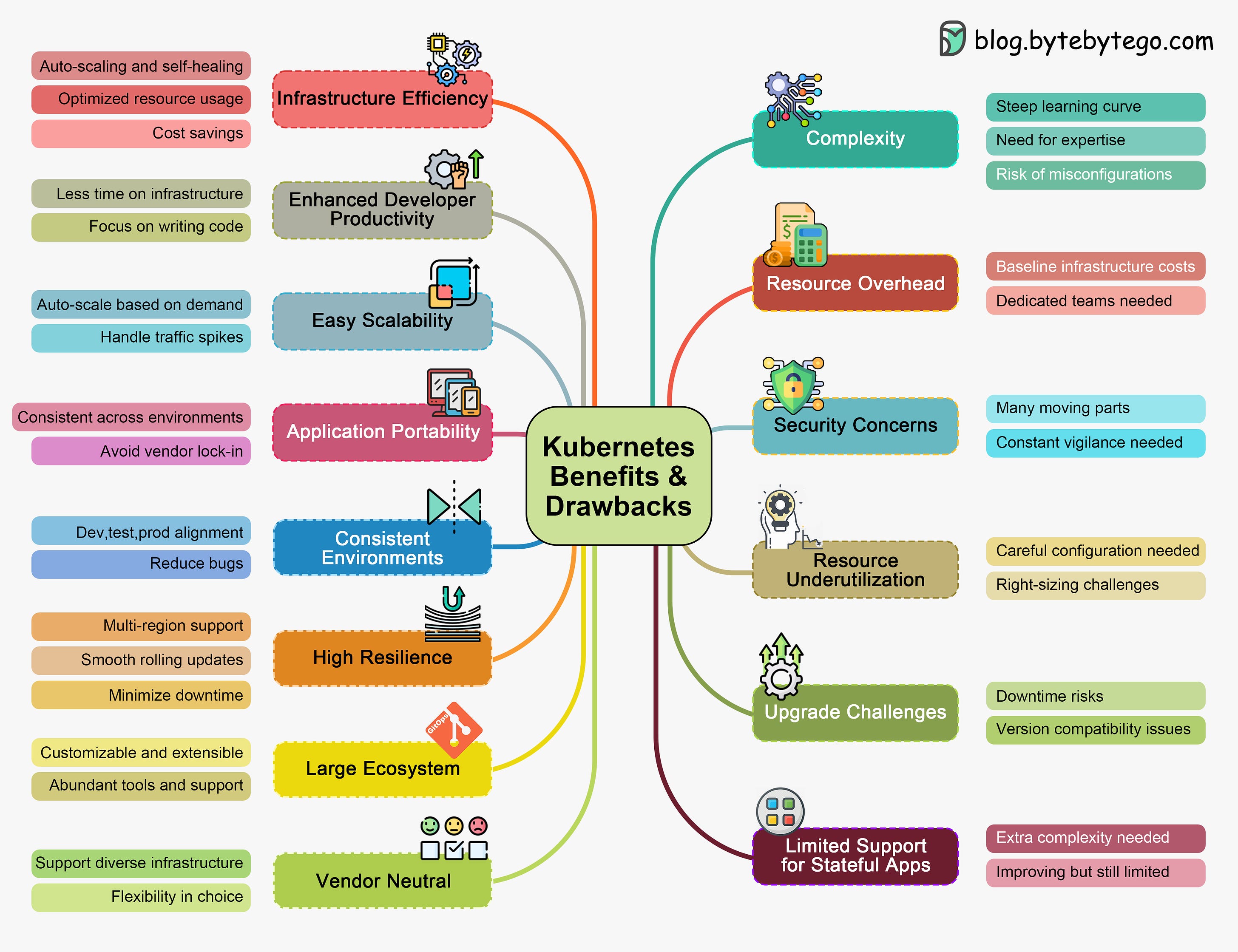


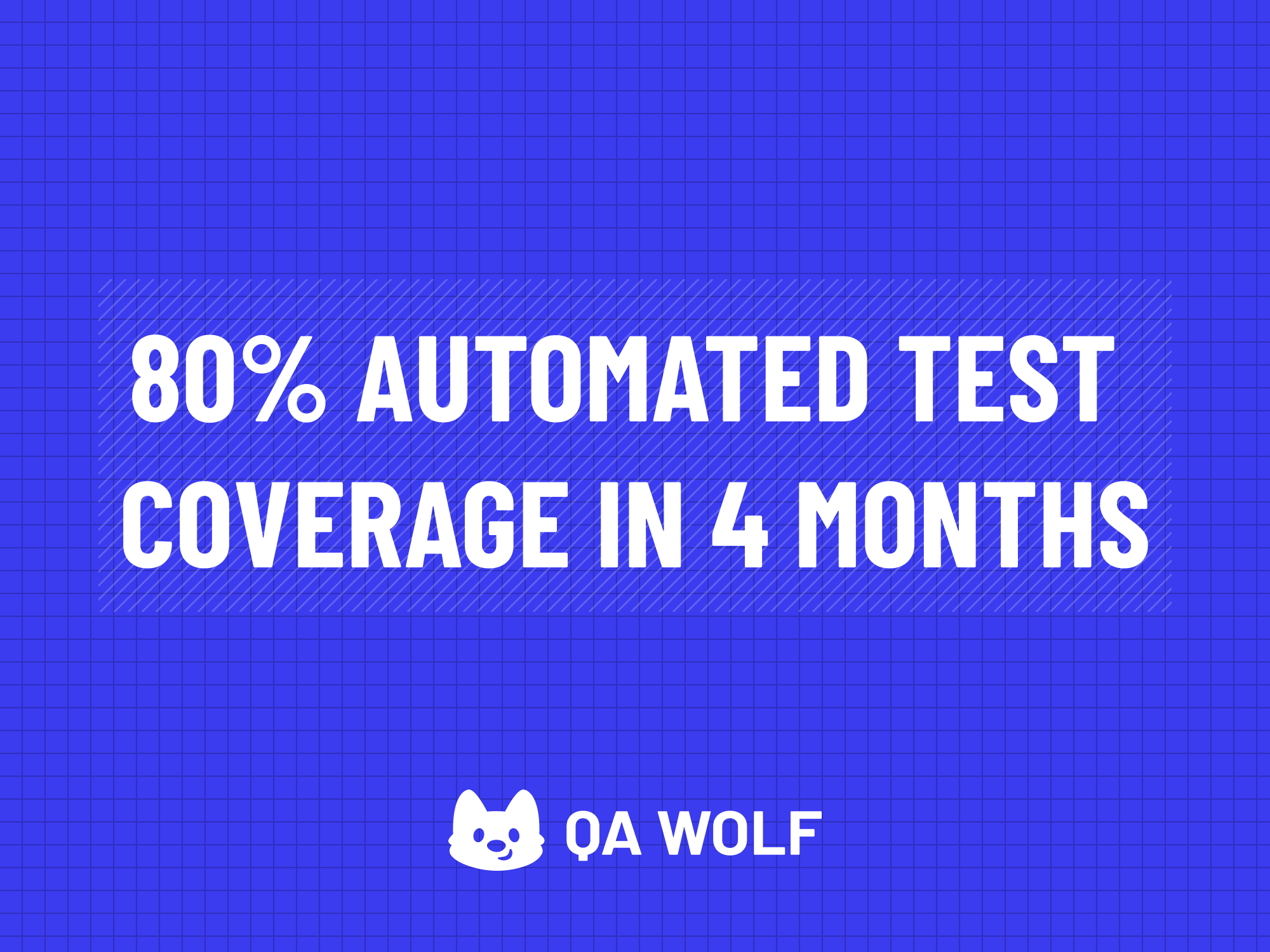

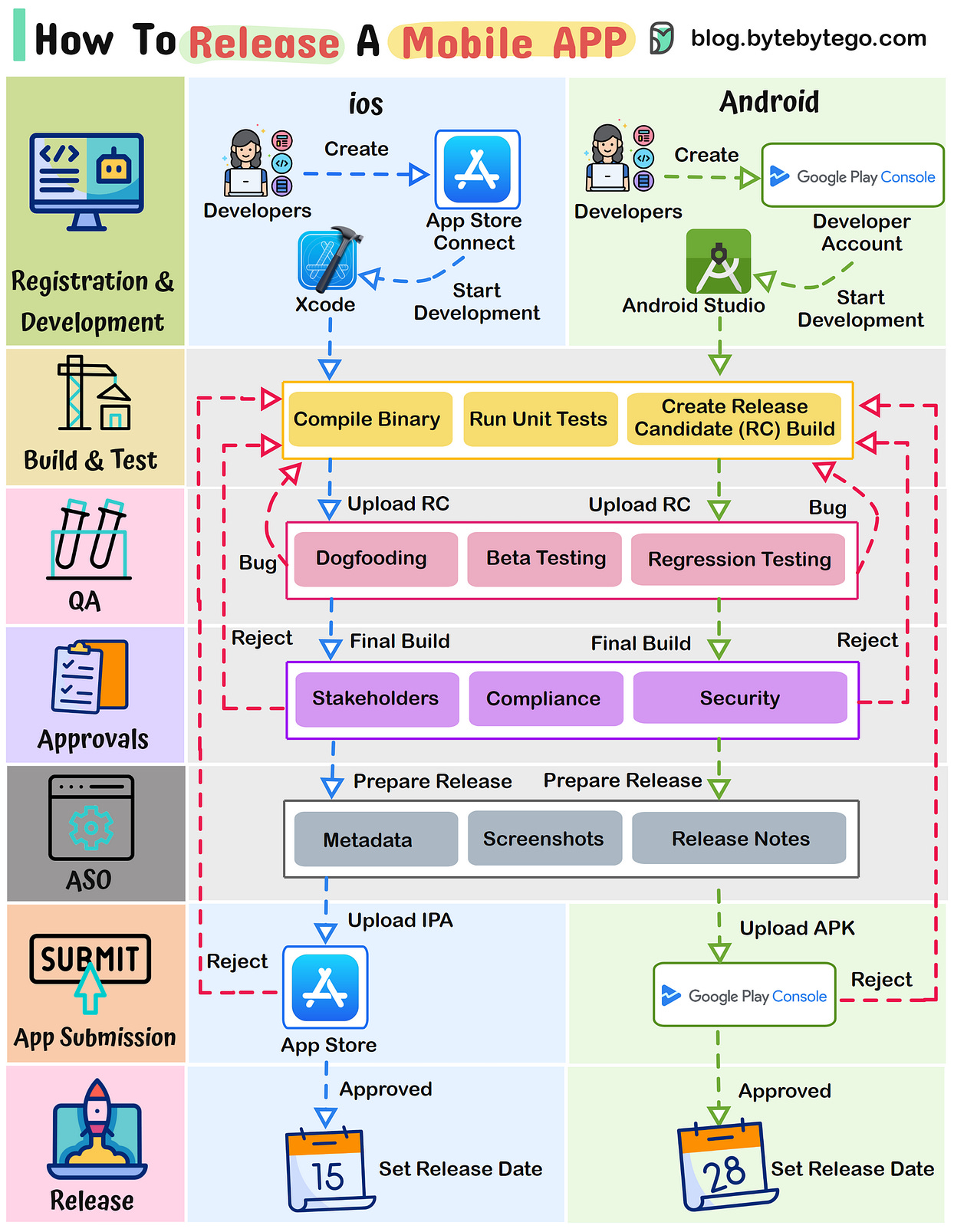
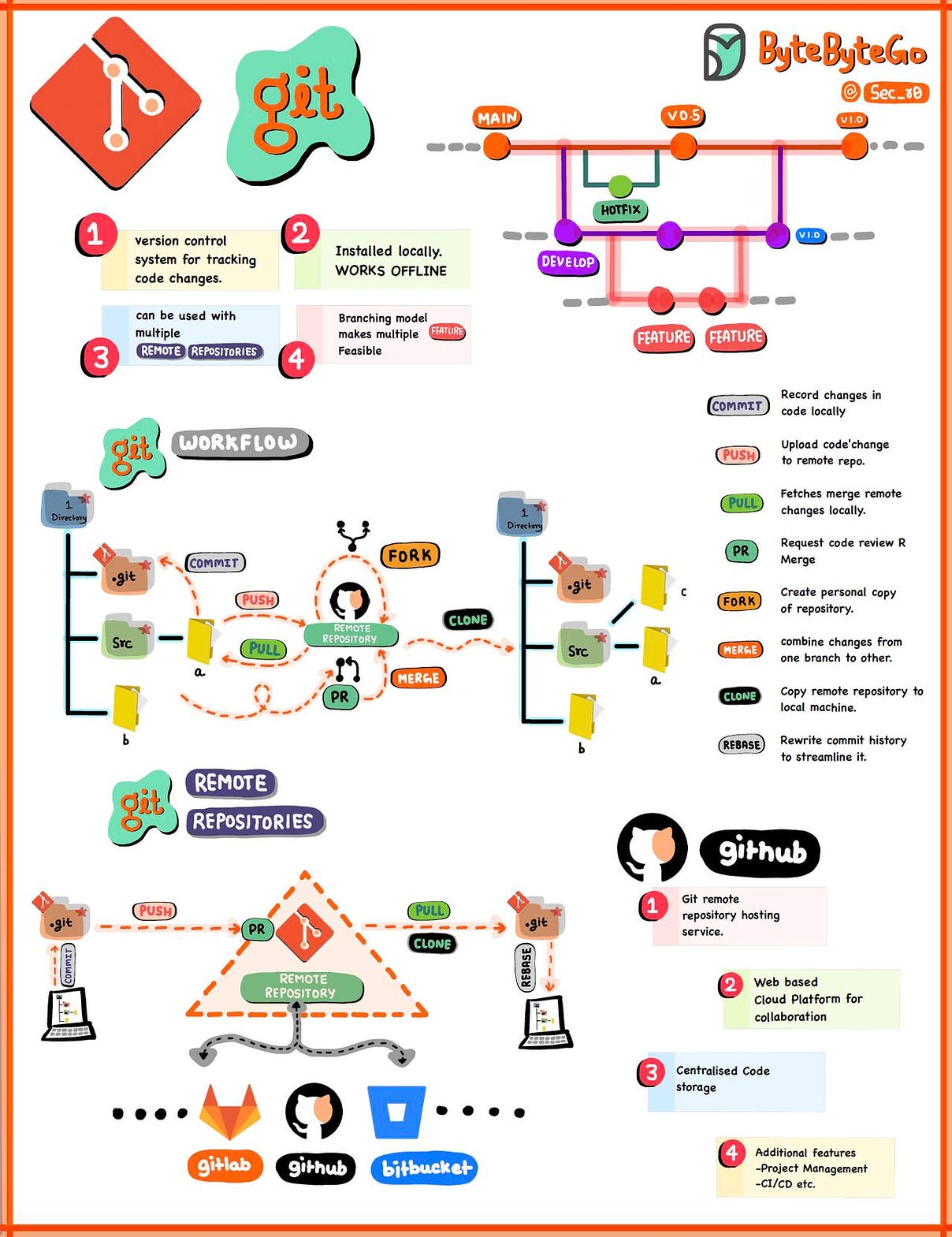
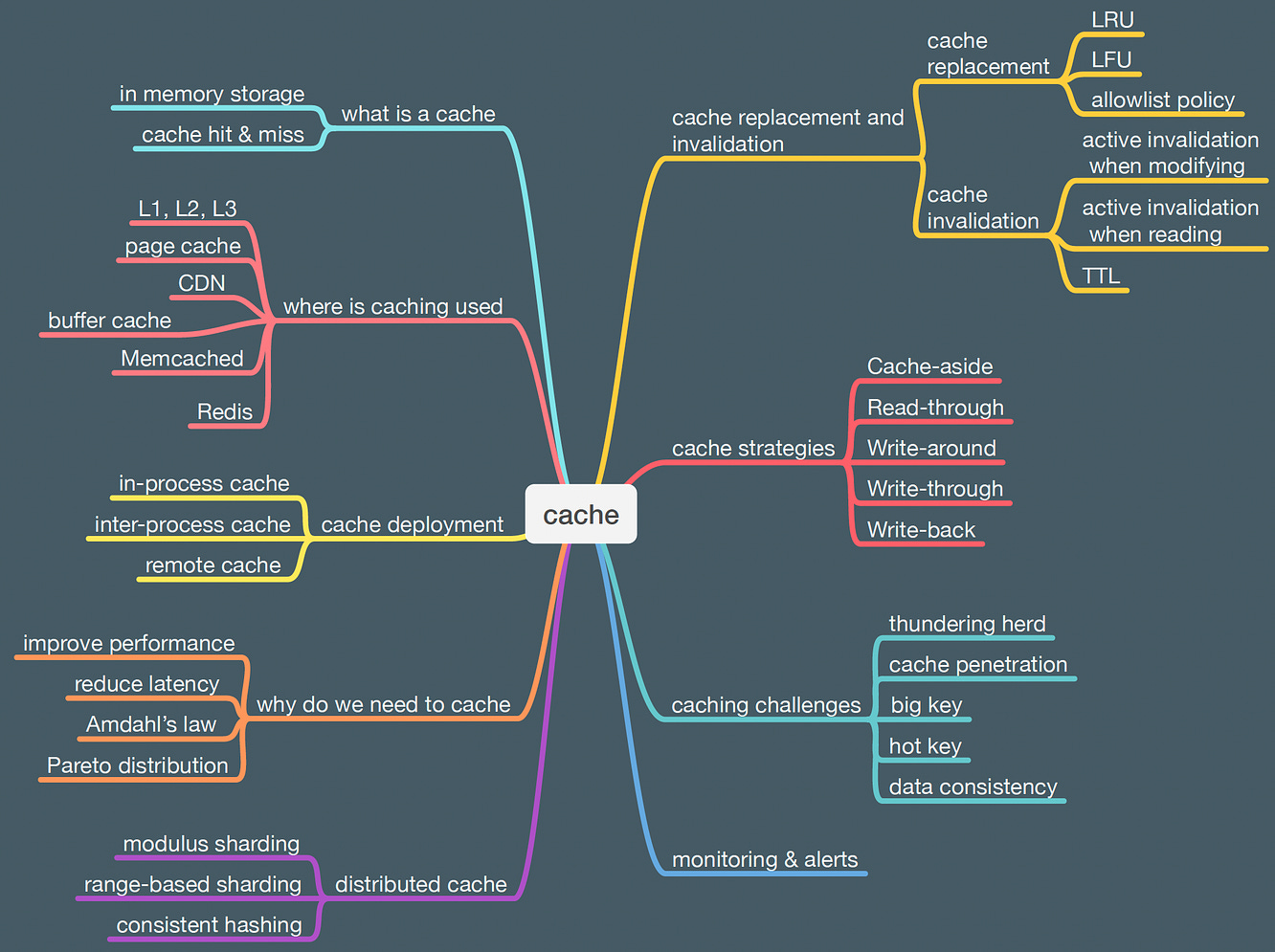



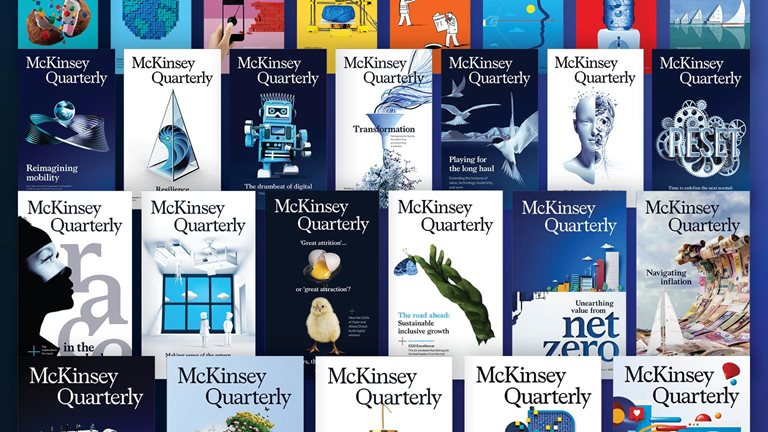


















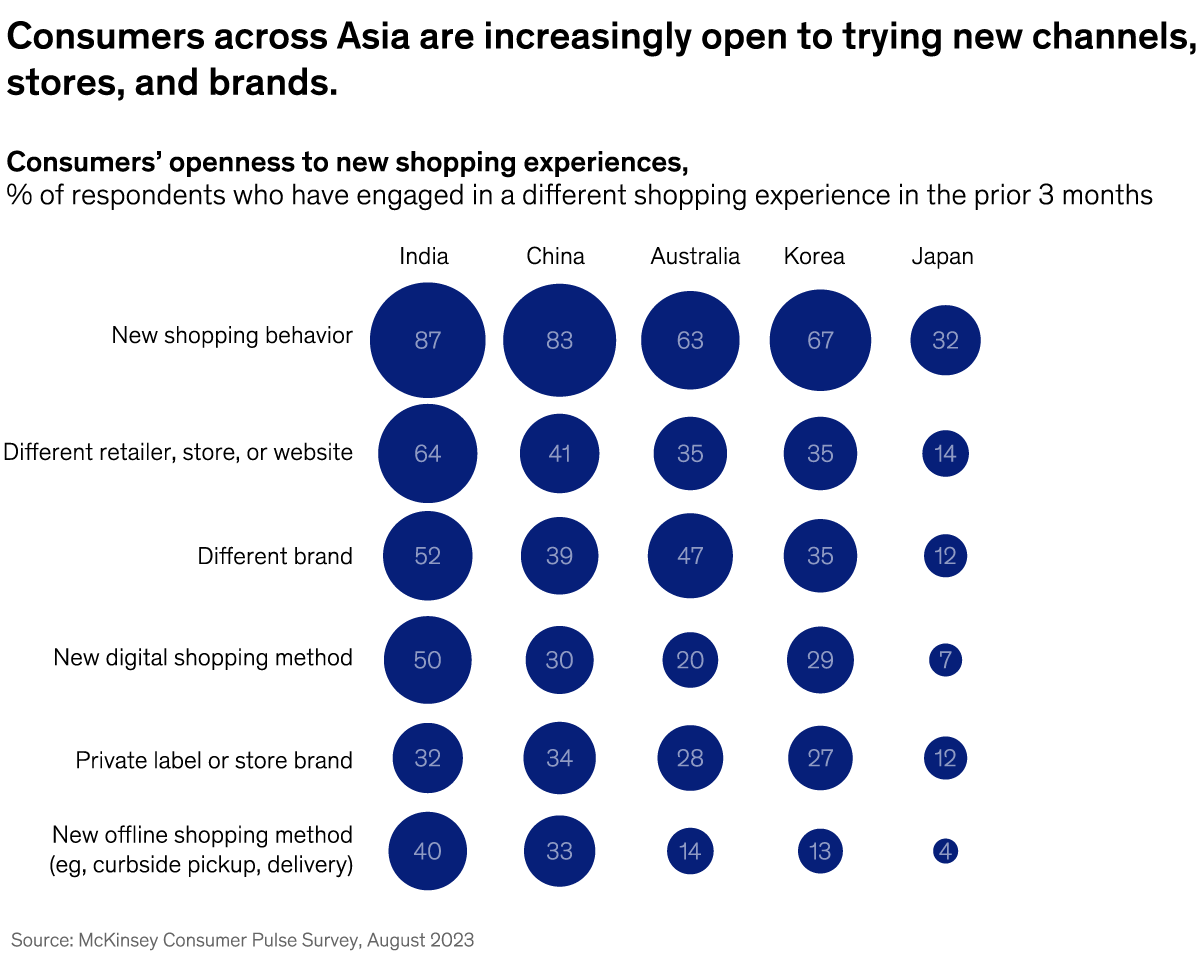



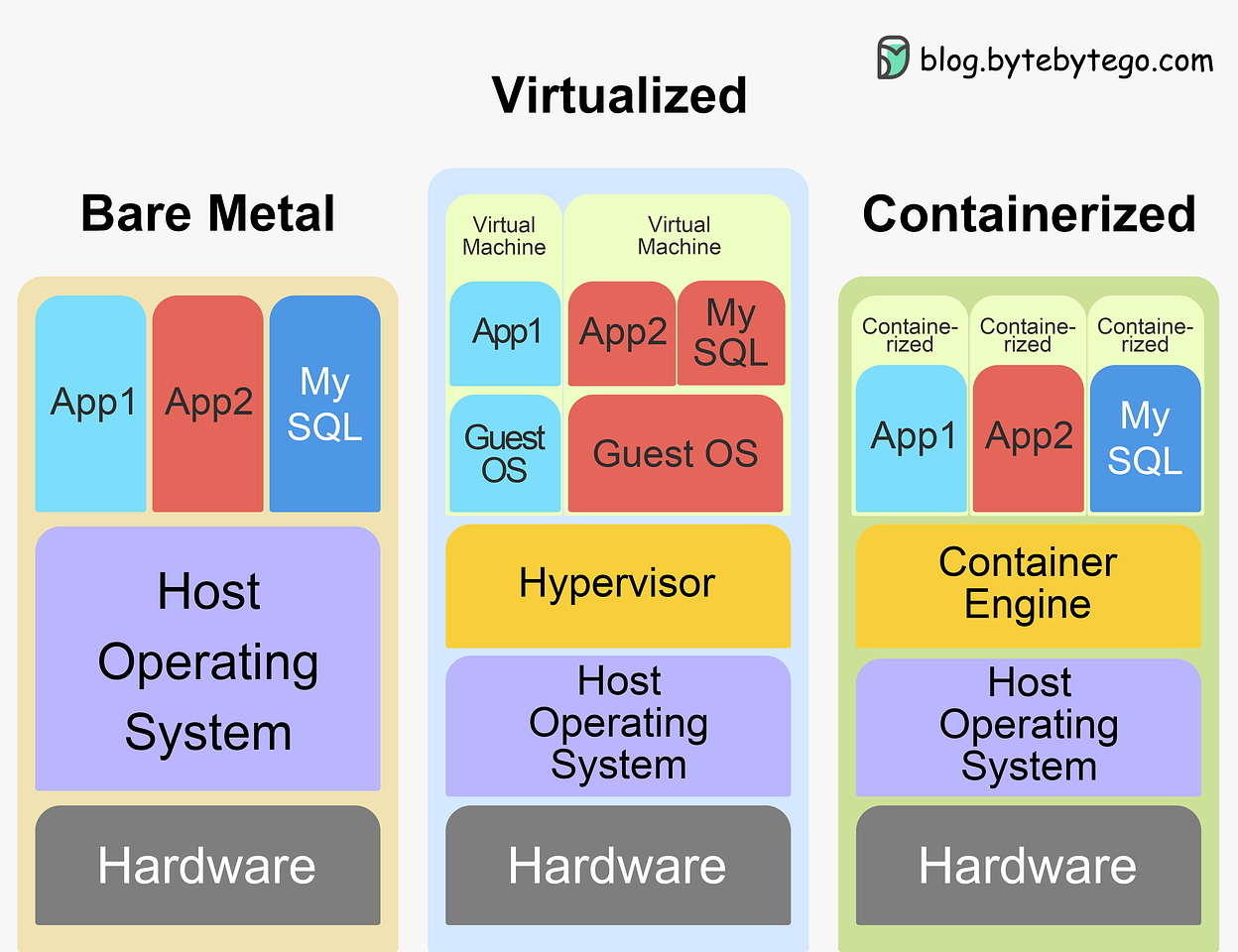
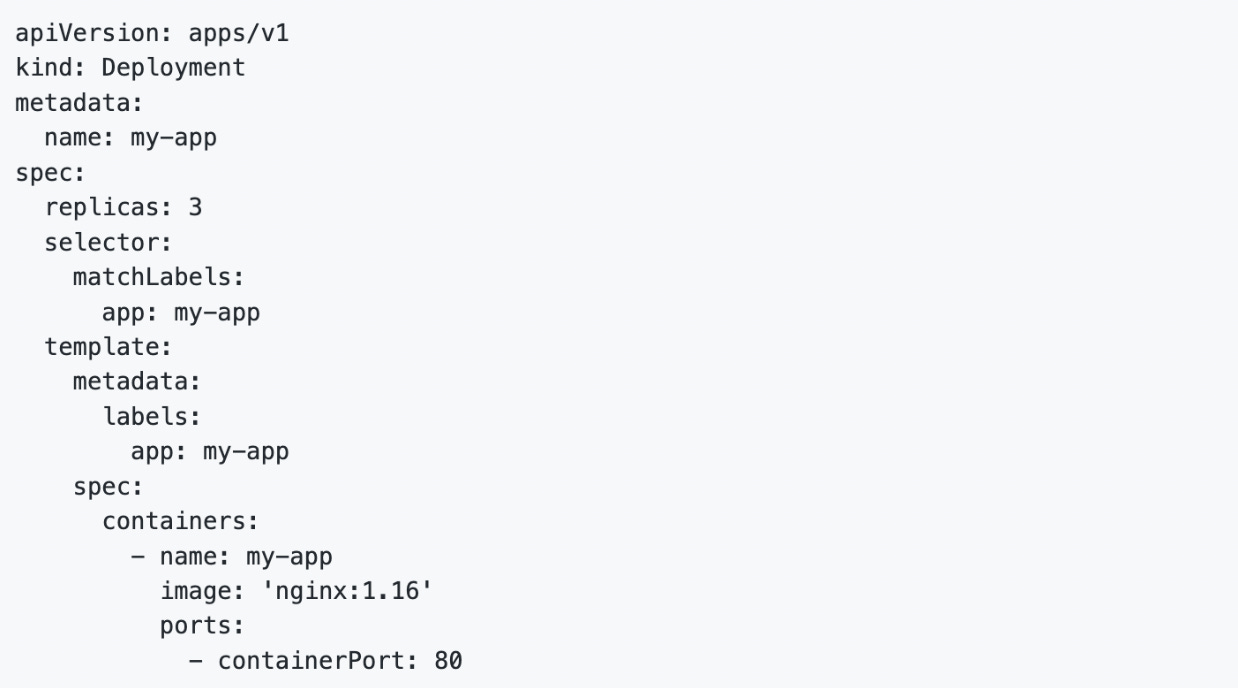
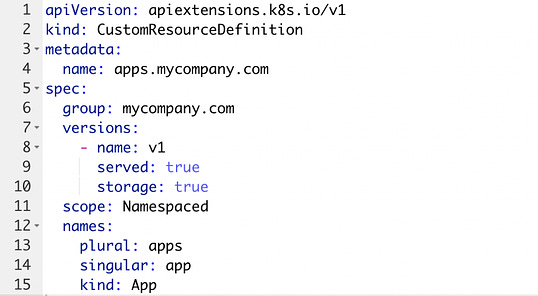

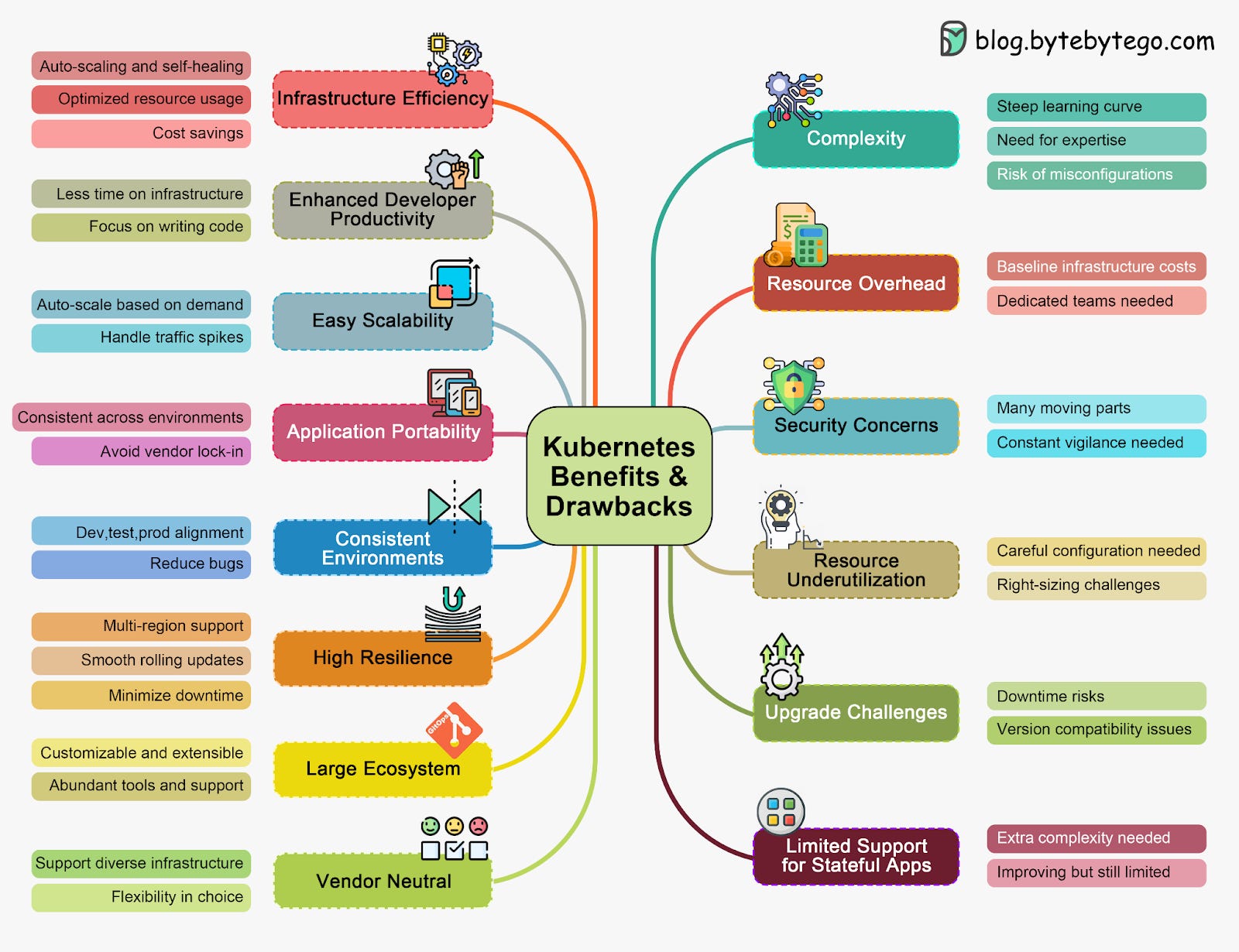
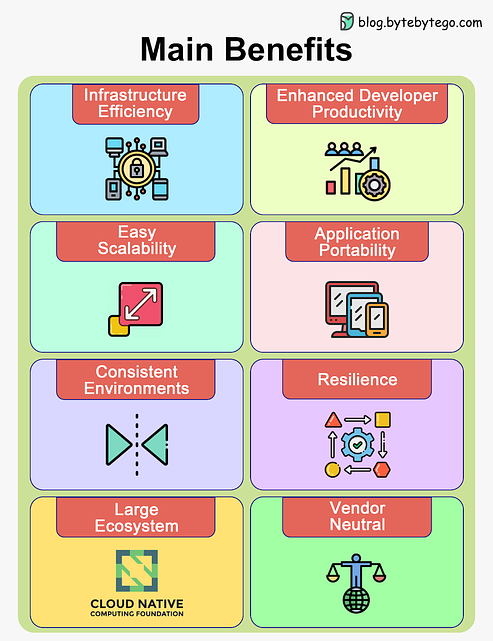
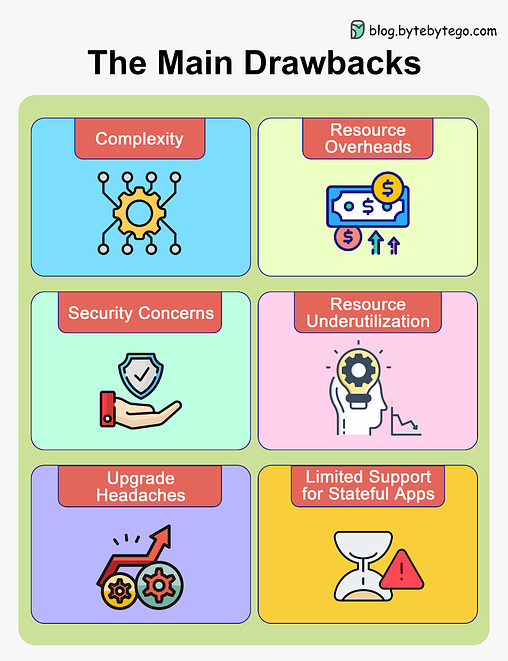
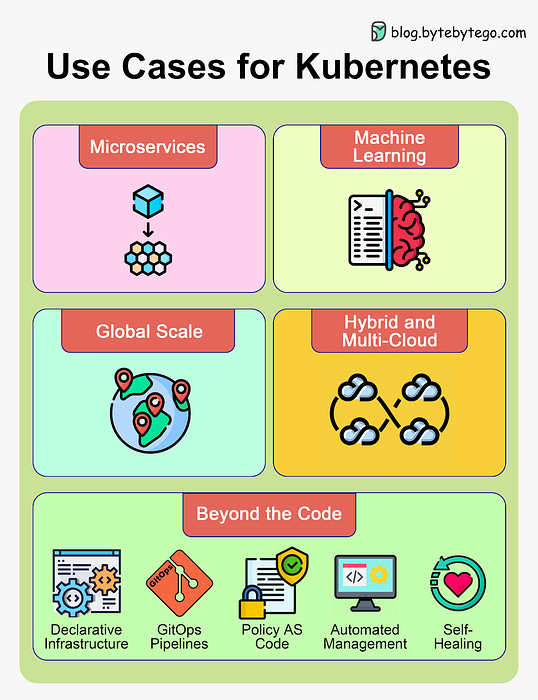

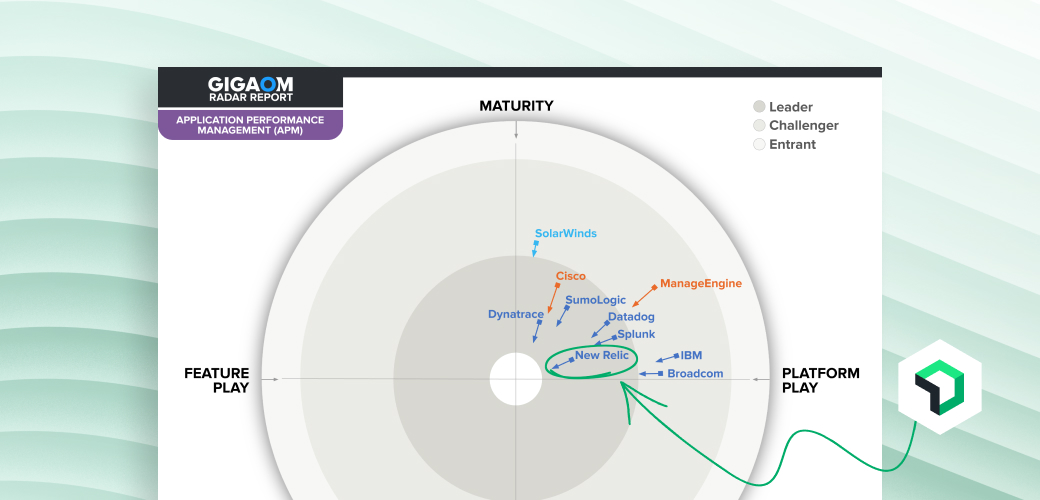


.png)







.png?width=1200&upscale=true&name=Group%201%20(6).png)








